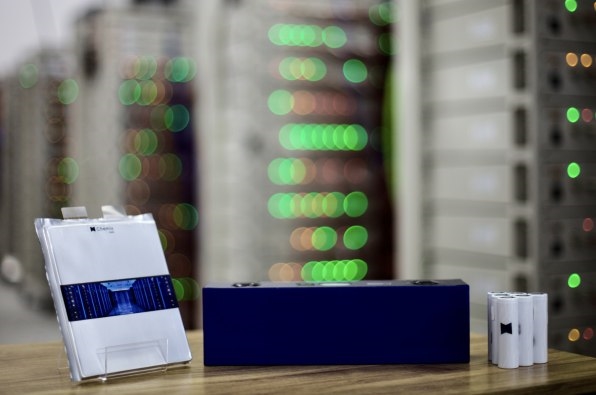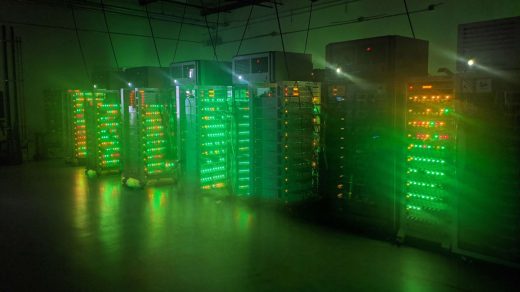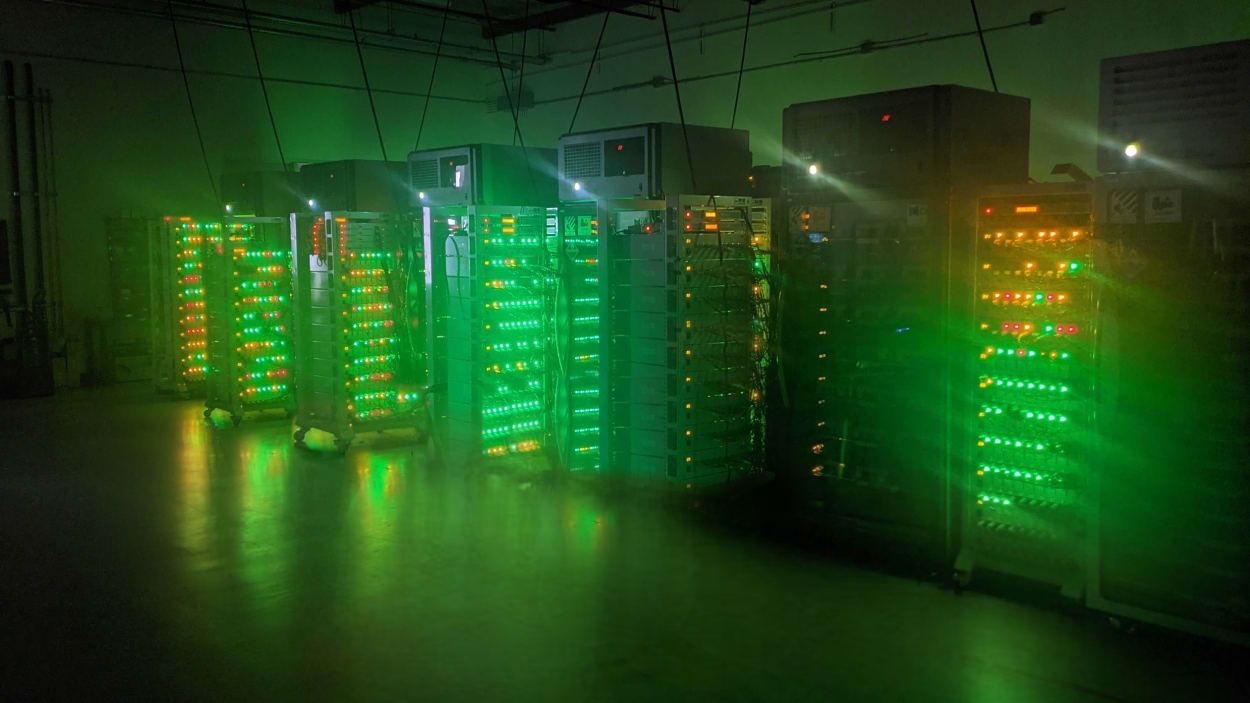This startup uses AI to design EV batteries that are 300% better
Electric vehicle batteries present a number of challenges. They’re expensive. They use materials like cobalt that are linked to environmental and human rights abuses in the supply chain. They can catch fire. They’re fairly slow to charge. And while multiple companies are working on alternatives, the R&D process for designing a new battery can take a few years.
A startup called Chemix is using AI to move faster. Inside a San Francisco Bay Area lab, glowing machines—which look a little like servers in a data center—physically test different battery chemistries. Then the company’s software platform, called Mix, uses the data to help design new versions for testing, speeding up the cycle of iteration.
“It’s suggesting new molecules for us to test on a daily basis,” says cofounder and CEO Kaixiang Lin, who previously worked on battery design as a doctoral student at Harvard, a postdoc at Stanford, and at another battery startup. “We call it battery R&D on autopilot, because there’s very little human intervention in this process.”

It takes the system about six months, he says, to design new batteries that can beat the performance of existing batteries on the market by an average of 300%.
The company works directly with EV manufacturers that are looking for better alternatives. One of its first products to come to market will be a battery for a New Zealand-based company called UBCO that makes off-road electric motorbikes. “They wanted to build a bike that doesn’t use a controversially mined metal like cobalt,” Lin says. The new battery design overdelivered by also eliminating nickel, another metal that causes environmental damage when it’s mined. (Because of nickel’s current use in batteries, demand is expected to grow as much as 40 times over the next couple of decades.)
Chemix will launch another battery, designed for use in any electric sports car or motorcycle, later this year. Each product comes to market when it hits performance targets for customers, but the system never stops working on a better design. “The improvement is continuous,” Lin says. “So even after we ship the first product, we’ve already started the second generation of performance.”
The startup is working with manufacturers to bring its designs to life. The materials that are used in each design can be swapped in as replacements for current materials without changing equipment in battery factories. “We can leverage the existing lithium-ion battery manufacturing process and scale our recipe and formulation at record speed, versus re-creating a new way of manufacturing, which I think poses a lot of risks,” Lin explains.
Others are working in the same space. Scientists at Carnegie Mellon recently used robots and AI to design faster-charging batteries. (One of the researchers is a cofounder of another AI battery startup, Aionics.) And the use of AI to redesign batteries is likely to increase. Lin says that some companies are focused on offering a software platform on its own, but continuously collecting high-quality data to feed the AI is equally important.
Ultimately, it could change the world of battery manufacturing in a similar way as AI has started to transform drug discovery. As Lin points out, “The combination of AI, statistics, and a data-driven approach really transformed that industry.”
(8)



